The Bijon Setu Massacre: A Sombre Chapter in the History of Kolkata
Jyoti Basu, and his government had publicly or privately exerted undue influence on relegating the event from a front-page discussion, taking into account its political fallout.
Total Views |
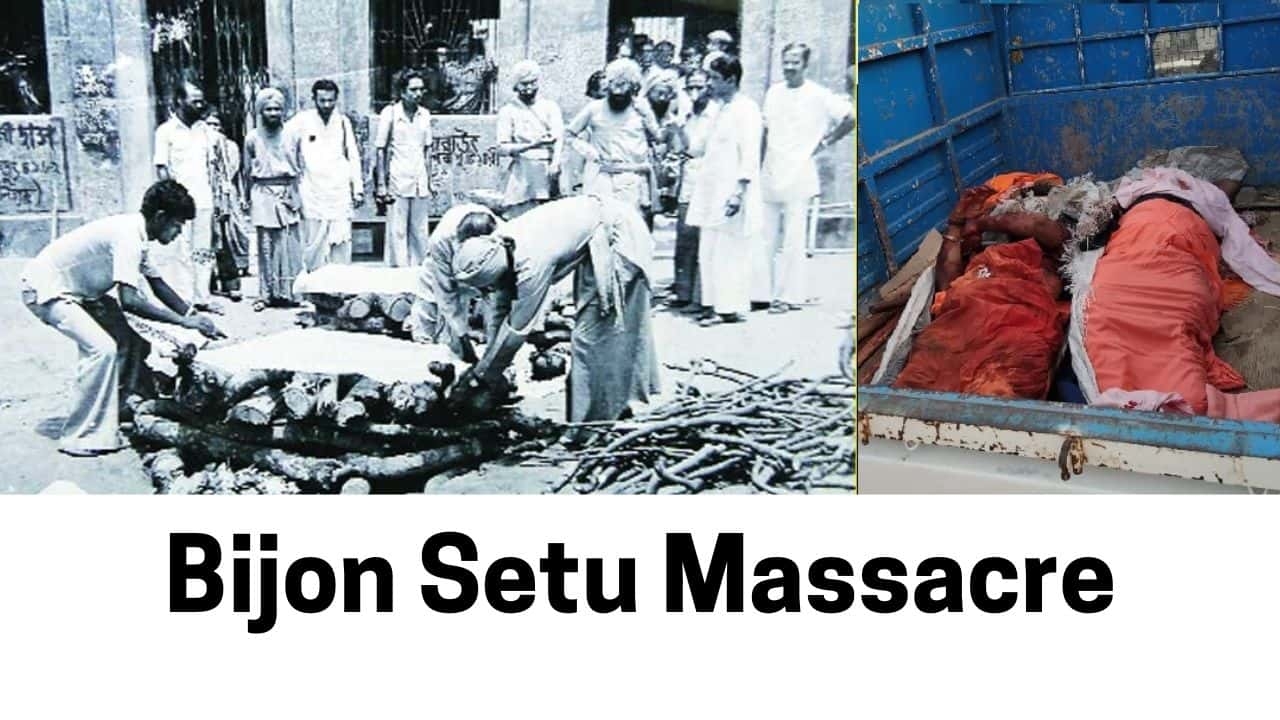
Introduction
The Bijon Setu massacre is a haunting symbol of the deadly political churning that Kolkata, and much of West Bengal, was in the midst of through the late 20th century and thereafter. On the morning of April 30, 1982, the city witnessed this wave of brutality as 17 Anand Margis, members of a socio-spiritual organisation, were slaughtered in cold blood in daylight. This was an incident on the Bijon Setu bridge; in a way etched into the perception of the city, it continued to draw furious emotions and debates over justice, political violence, and communal harmony.
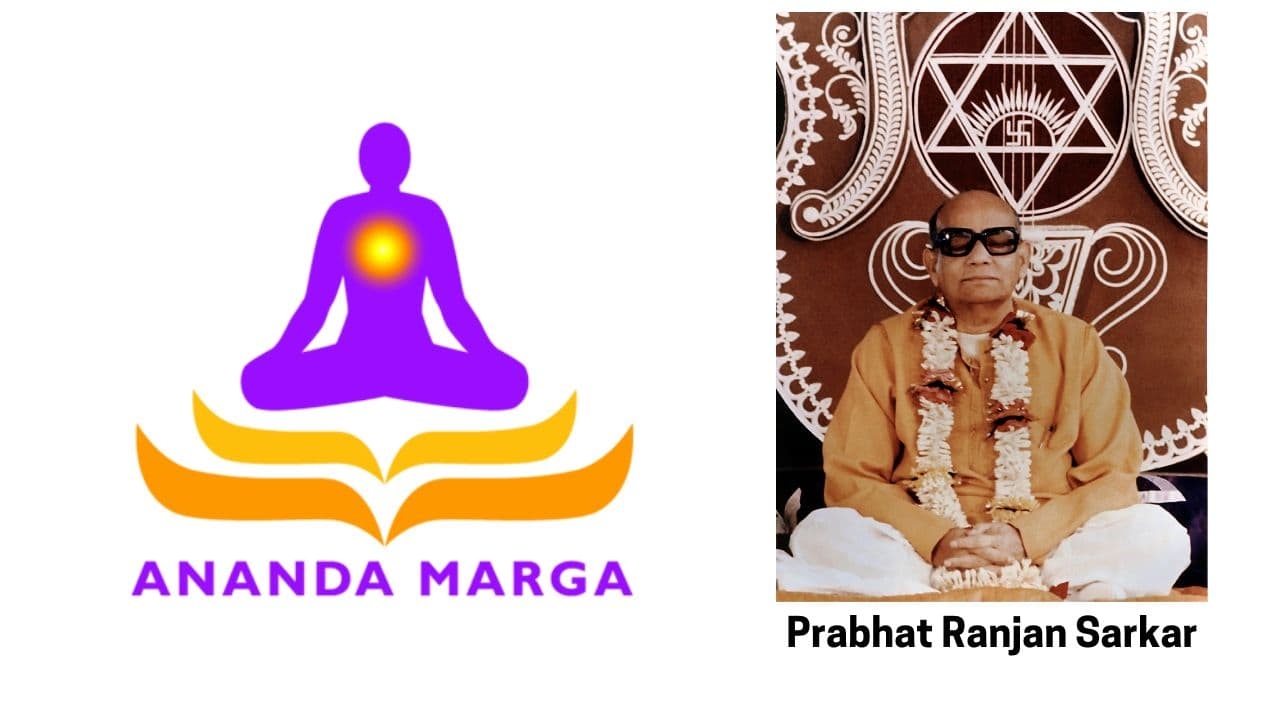
An Introduction of the Anand Margis
In order to understand what led up to the Bijon Setu massacre and its consequences, the background of the Anand Margis should be noted. Ananda Marga, which means the "Path of Bliss," is a socio-spiritual movement founded in 1955 by Prabhat Ranjan Sarkar, alias Shrii Shrii Anandamurti. The movement incorporated elements of yoga, meditation, and social service in its approach towards personal and collective welfare, arising from spiritual practices and social activism.
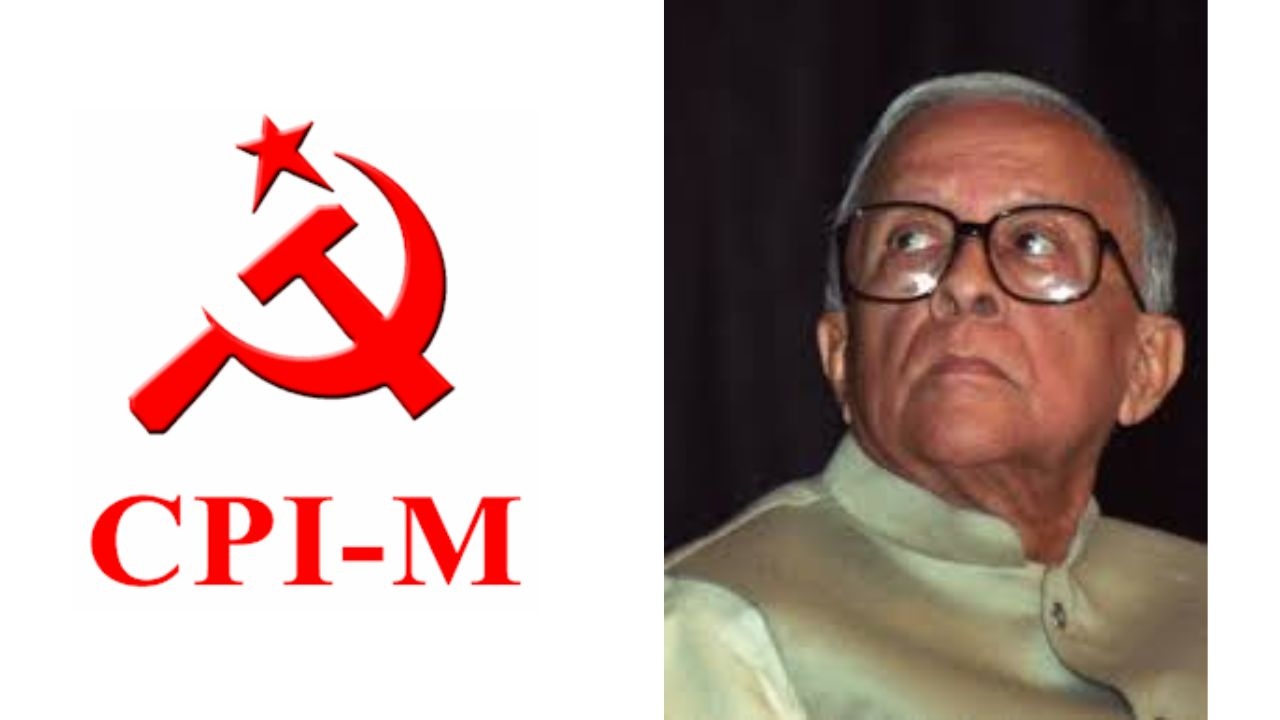
The Build-up to the Massacre
In the years before the massacre, West Bengal was boiling with political unrest. The state was ruled by a Front from the Left in West Bengal, a coalition in which the Communist Party of India (Marxist) dominated. The political scenario constantly involved clashes among groups with differing ideologies; in this case, CPI (M) was mainly in the center.
It was at this time that allegations were made, said to have been against the Ananda Margis for their subversive activities, though the evidence was never concretely produced. The CPI (M) government did not take Ananda Marga's activities in relief operations and social reforms in a very positive light; it viewed them with suspicion. A confrontation was all set, with the perfect blend of political rivalry, religious intolerance, and social distrust.
The Massacre
On the morning of April 30, 1982, a group of Anand Margis set out from their headquarters at Ballygunge Place to attend a spiritual congregation at Tiljala. En route to their destination, near Bijon Setu, their motorcade was attacked by a gang of miscreants. Witnesses reported that the assailants were armed with iron rods and sticks, carrying cans of gasoline. There developed an organisation of violence, shocking the nation to the quickest end.
The mob were dragging Anand Margis out of their vehicles and had organised assaults upon them. Far from being spontaneous, the attack seemed methodical and frenzied, smacking of premeditation. Whether it be the group of monks or nuns, they were all stripped and beaten, eventually setting alight. The sheer savage brutality of the massacre, described as the meeting of murder and rage and its resultants, left onlookers horror-struck and numb.
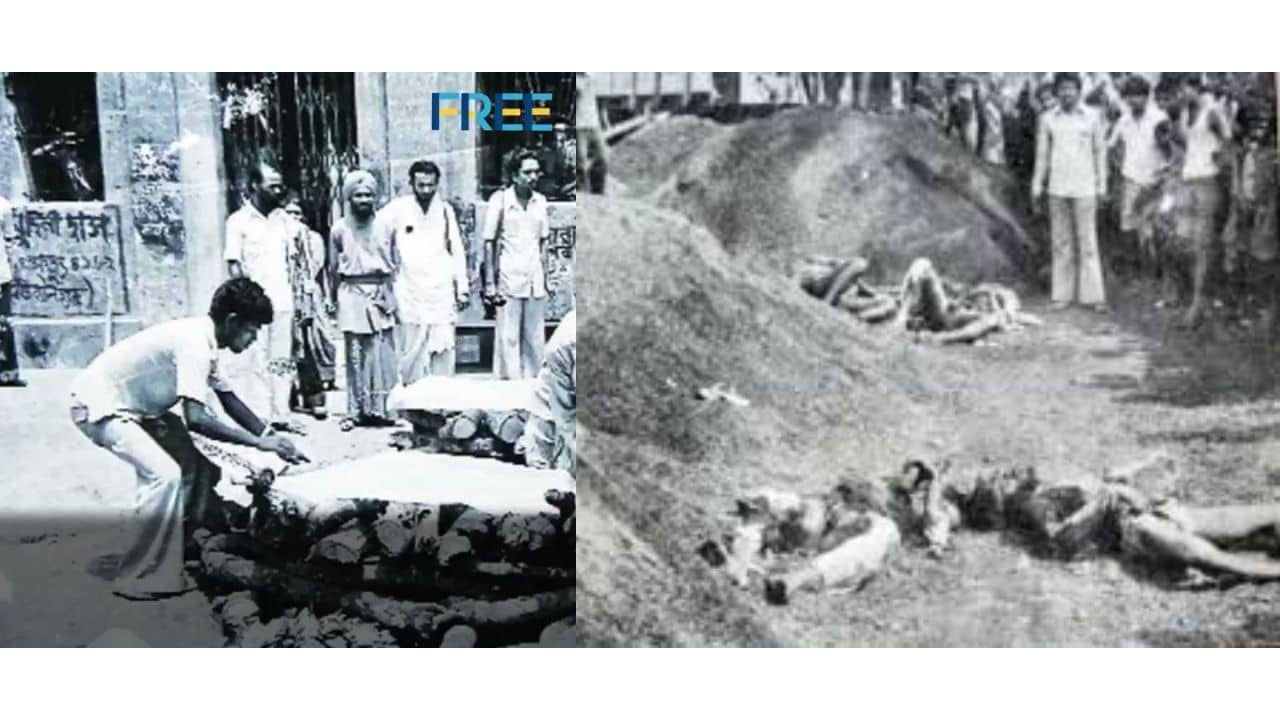
Instant Aftermath
In the immediate aftermath of the massacre, the streets of Kolkata were awash with shock and disbelief. The police, who arrived after the carnage, were accused of inaction and complicity. Reports suggested that the law enforcement authorities did little to prevent the violence or apprehend the perpetrators, leading to allegations of a cover-up.
The state government, led by Chief Minister Jyoti Basu, faced severe criticism for its handling of the incident. Basu’s administration was accused of muting the media, using political influence to stifle coverage and control the narrative. The muted initial response from the mainstream media raised suspicions of a deliberate attempt to downplay the severity of the massacre.
Muting the Media
The media's coverage of the Bijon Setu massacre played a critical role, but it was also the most controversial. There was an utter silence in the mainstream media with regard to the massacre at the very beginning. Rumour spread that the Chief Minister, Jyoti Basu, and his government had publicly or privately exerted undue influence on relegating the event from a front-page discussion, taking into account its political fallout.
When journalists and human rights defenders came to learn soon afterward, it was clear information had been suppressed in overt and covert ways; there were intimidation attempts on reporters and narrative control. All these information denials deliberately delayed the public outburst and helped the culprits commit their illegal acts there and then. The government decision was severely condemned by the other political parties, human rights organisations, and common people as an outright abuse of power.
Long-Term Impact
The impacts of the Bijon Setu massacre would be really far-reaching. It was really a hammer blow for the leadership of the Anand Margis; something seemed to have devastated them forever. They underwent a huge period of introspection and reorganization. For West Bengal, the killings brought forth the looming threat posed by political violence and the frangibility of communal harmony.
It reminded the state of its history of political turbulence and once again brought it into the national focus, but for all the wrong reasons. It really went to show up deep-seated animosities and prejudices that could be used to political advantage by the powers that be.
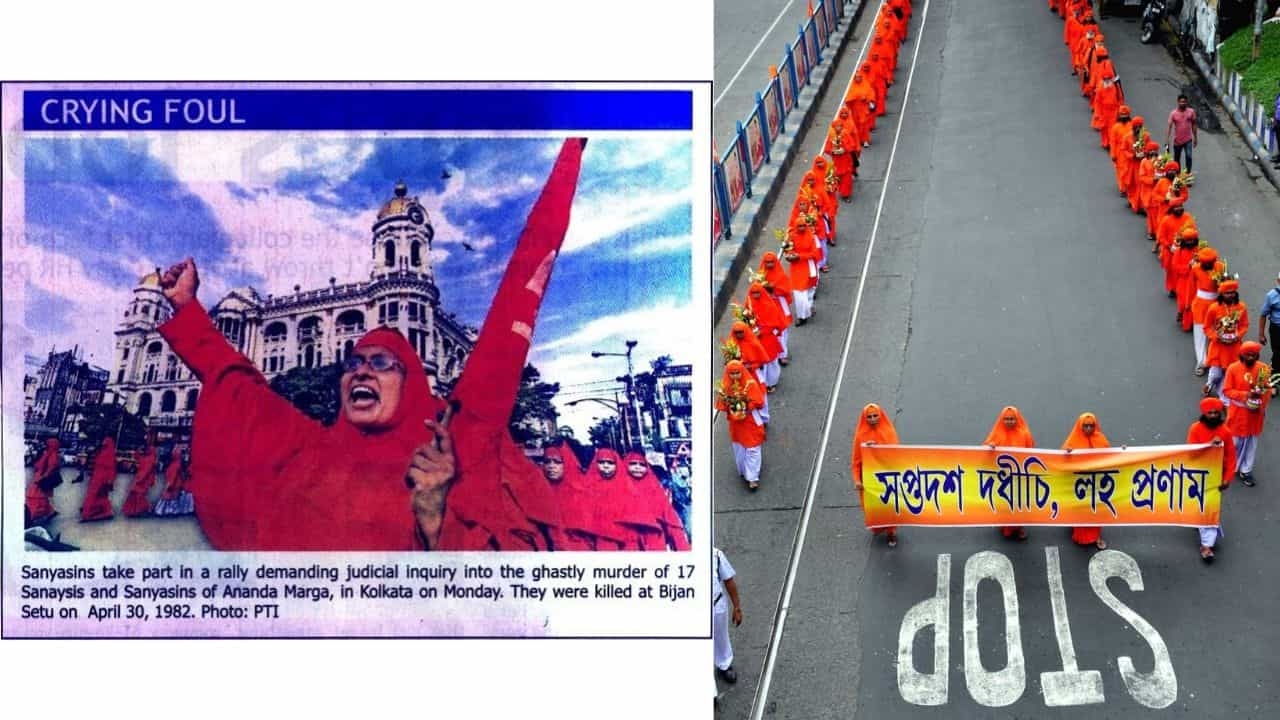
A Quest for Justice
The road to justice for the victims of the Bijon Setu massacre has been long, arduous, and full of action, with so many inquiries and investigations. Many think—and with reason, attuned to the political elitism that prevailed at the time—that the truth will be more buried because of the influential political power brokers who are inside and surrounding the innermost halls of governance.
Five years after the massacre, in 1987, the case was finally awarded to the Central Bureau of Investigation (CBI) for investigation. But as previous reports have been too scanty, the reports by the CBI were very inconclusive, with no major arrests. Various attempts by relatives of the persecuted and killed and human rights activists in recent years to demand fresh and impartial investigations practiced nothing much but fell on deaf political ears.
Public Memory and Legacy
The public has kept alive the memories of the Bijon Setu Massacre through periodic commemorations and the considerable efforts of the Ananda Marga organization. Every 30th of April, their members come in a rakhshabandhan to remember their fallen comrades and renew both feelings and the pledge for justice.
Such commemorations remind one of that black day in the history of Kolkata and serve as a constant reminder of how the struggle should phrase itself for justice to come. The low volume of press response in Jyoti Basu's regime is often referred to as political chicanery and the bane of a free press. The incident in question once again brought to the fore the necessity of a free and independent media that could clearly hold those in power responsible and draw forth justice.
Conclusion
The Bijon Setu massacre still holds one of the most blood-soaked pages of Kolkata and West Bengal. It is no less than a tipping point for catastrophic consequences for such acts of political violence in the struggle for justice against apathy and complacency by the state. With years on the anvil, the memory of the massacre remains a lesson for society to keep its vigil high against the forces of hatred and intolerance.
The role played by Chief Minister Jyoti Basu in muting the media response to the massacre remains a dark blemish on his legacy. The victims of the Bijon Setu massacre deserve justice, and their families deserve closure. It's a case of how the human spirit can still sustain and go on with pursuits, relentlessly seeking truth and accountability. Let the memory of April 30, 1982, remind us to pledge again to make peace, justice, and harmony in our communities to be sure such tragedies do not occur again.
Article by
Shomen Chandra
Sub Editor, The Narrative


